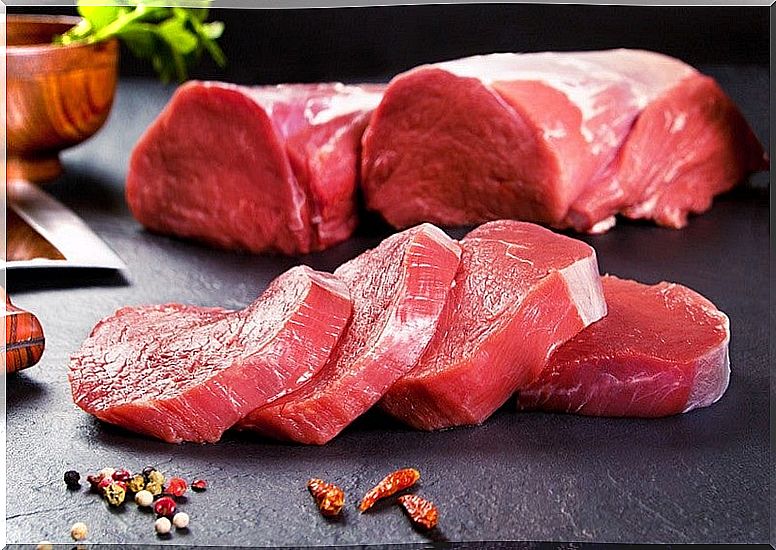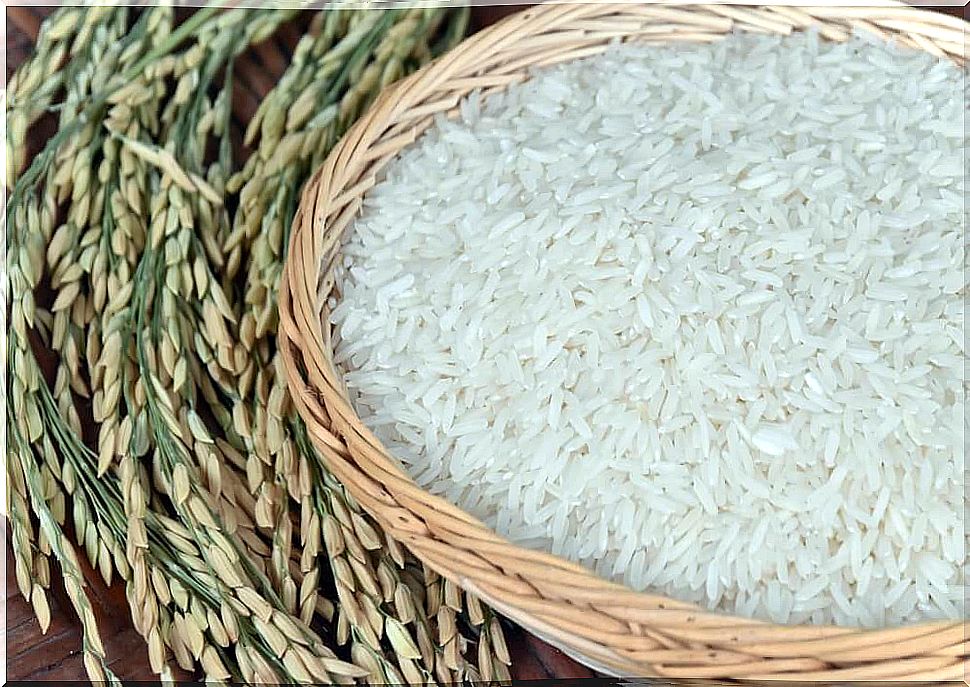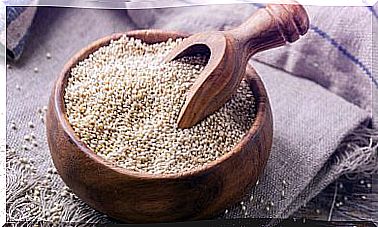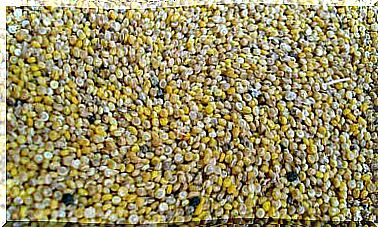8 Keys To Eating Healthy If You Have A Low Budget
Eating healthy on a budget, meal planning, and shopping have their challenges. Unfortunately, the increase in food prices means that we cannot always eat healthy. Your paycheck probably won’t go up as fast as the price of the meal. At worst, you are a student and that makes it even more difficult.
Here are 8 suggestions for healthy eating if you are on a budget.
1. To eat healthy: Buy products when they are in season
Fresh produce is always great, but cost can hit a short budget. Buy what’s in season and consider stocking up when you find a good price.
Food grown in season tastes better and is cheaper. Root vegetables in the winter. Apples and squash in the fall. Broccoli and berries in the summer.
2. Go to the farmers market
Depending on where you live, farmers markets may or may not save you money during regular business hours. Consider visiting the market at the end of the day, when you are likely to get good deals.
Go to the public market / farmers market an hour before they close and you can get some really good bargains. This is because sellers want to download as much as possible before closing for the day.
3. Expand your culinary horizons
Cuisines like Mexican, Asian and Indian rely heavily on cheap ingredients like beans and noodles. Rice is also a cheap staple food in these kitchens. If you like Mexican food, you can make stuffed burritos with anything you want. Or you can make a version without an omelette. Very abundant, a lot of protein and fiber.
Consider checking out the local ethnic markets. Not only are you likely to find a bargain on certain products, but you will also find some really interesting ingredients.
You can buy a variety of cheap noodles in an Asian market. That goes for almost all Asian food seasonings / sauces. Ethnic supermarkets (Chinese, Greek, Lebanese, etc.) are a great source of interesting ingredients that are good value for money.
4 . Get less expensive cuts of meat

You can still enjoy meat when you are on a low budget. Look for less expensive cuts of meat, such as chicken thighs instead of chicken breasts. Learn to value the cheapest cuts. Organ cuts and bone-in cuts of meat, as well as tougher ones are all very cheap and very nutritious and tasty! Compared to, for example, boneless, skinless chicken breasts.
Look for cuts like lamb neck steaks, pork belly and cheeks, pork knuckles and veal, whole chickens that make enough for leftovers, chicken liver, gizzard, etc.
Save the steaks and salmon for special occasions. Buy eggs, milk, buttermilk, tuna, calf liver, cottage cheese.
5. Buy whole grains and beans
Beans and whole grains are an inexpensive and tasty way to add to your meals, and they can even be a meal in their own right. Black beans are great for yielding your meat supply. Mix the cooked black beans with ground beef and make hamburgers using that.
Buy a packet of wheat berries, cook it, and freeze it in individual servings to add to salads or soups when needed. Whole grains will also keep you full longer.
6 . Compr to bulk

Especially when they have promotions running. Foods like pasta, rice, and oatmeal are easy to store. If they are for sale, buy as much as you can and store.
You often get free shipping and discounts when buying in bulk. You can place a 4 month order for yourself, your family and friends and split the costs. Grocery stores often mark down meats by as much as 70% as they near the expiration date. Buy several pounds and store them in the freezer.
7. Reuse leftovers
If you don’t like eating the same food over and over again, consider adding the leftovers to a whole new delicious meal. The ingredients of a meal later can work in a sandwich (poached chicken, meatballs, meatloaf, pork, etc.).
When whole chickens are on sale, buy two and cook both. The first night you make roast chicken and then you can make soup, chicken pot pie, add some fried rice, sandwich… You can really make a couple of chickens yield and prepare a lot of healthy eating options.
8. Keep l a fridge and pantry organized s

Leftovers are always great, but they’re totally worthless if they get lost in the back of the fridge. Label scraps and keep your refrigerator organized to minimize food waste.
Use a strip of masking tape and a permanent marker to identify the foods and the date on the container. Pack foods in the quantities you will use, such as freezing chicken pieces in pairs and separately wrapped hamburgers. When freezing food be sure to periodically go through your freezer and eat everything there.
Summarizing…
There are several strategies to improve your diet when you’re on a tight budget. While it is true that healthy food is associated with more expenses, there are actually different ways to get it at a good price.
Therefore, take advantage of the seasons, go to the local markets and do not miss those leftovers that you have left each day. In this way, you will ensure adequate nutrition without money being a limit. Keep that in mind!









